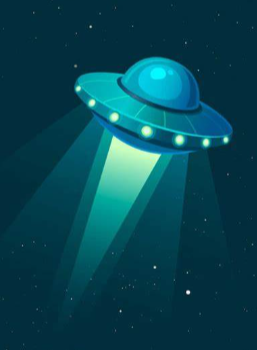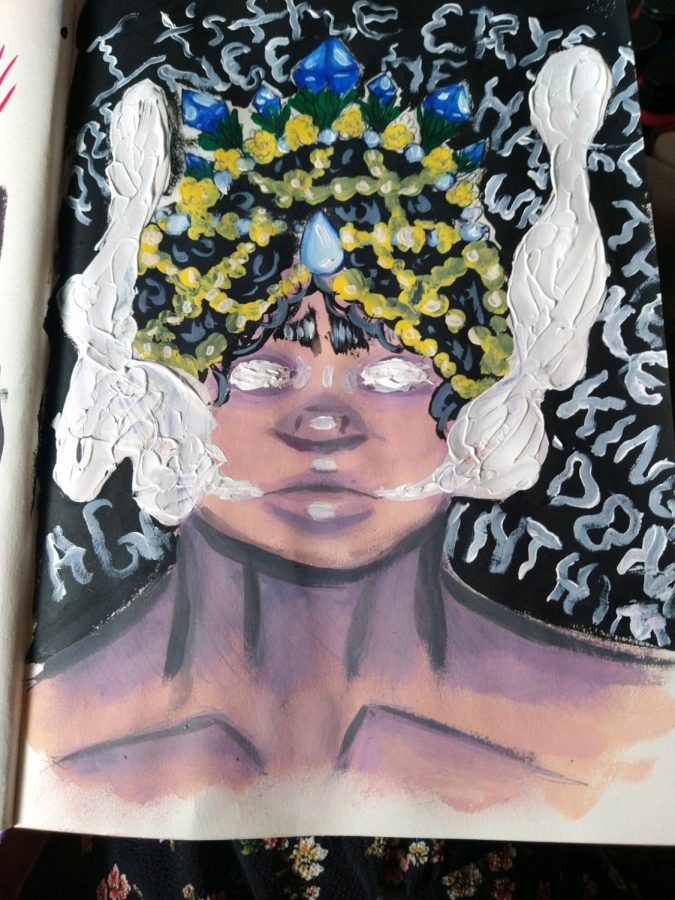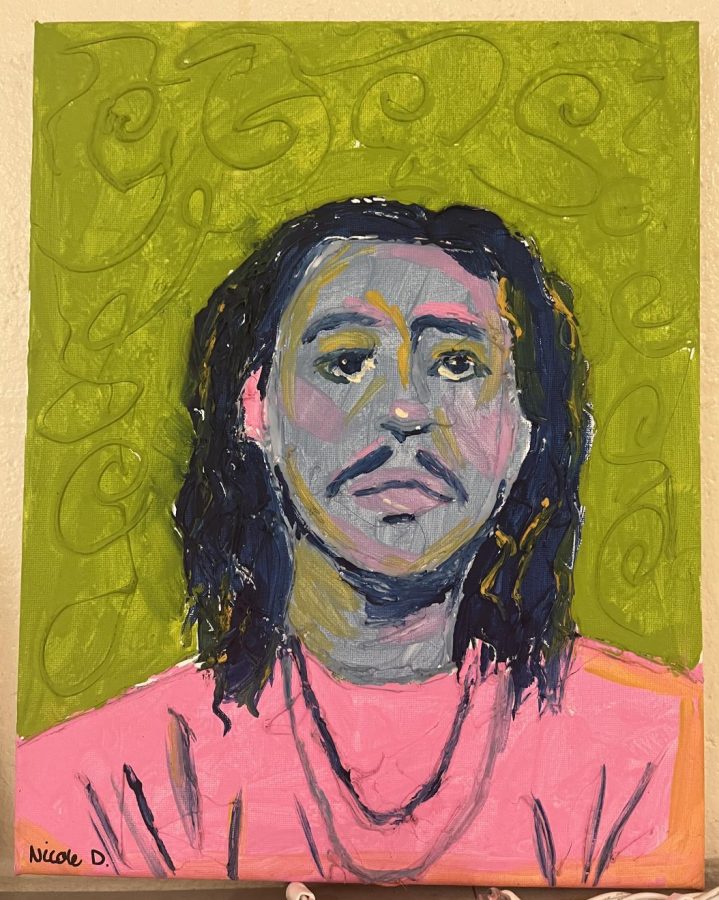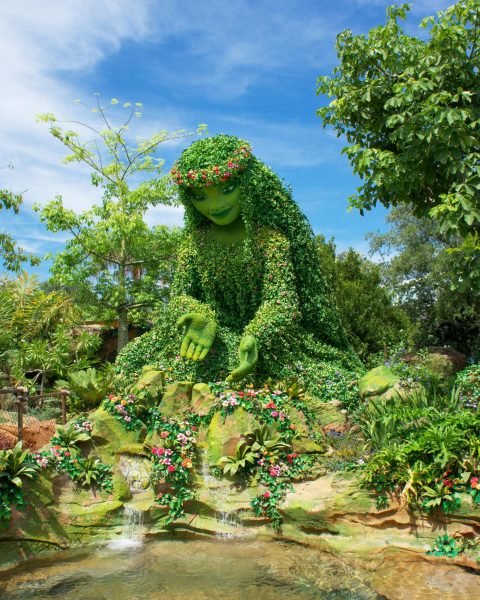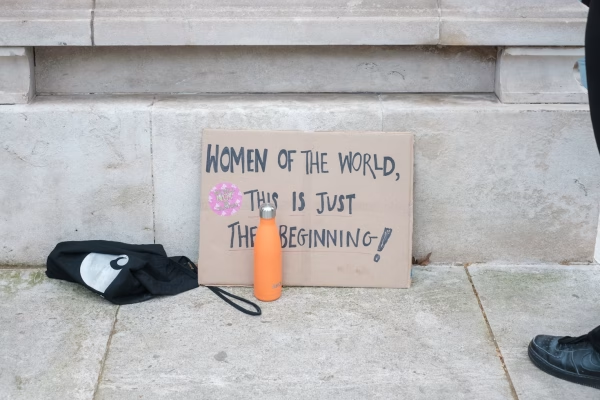Ostara: A Precursor to Today’s Easter
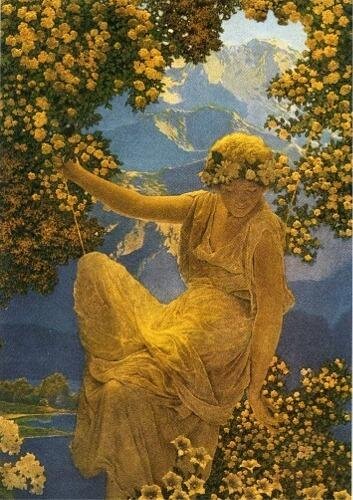
Spring is a very important time of the year, life begins anew, flowers bloom, days become longer, and animals awaken from hibernation. Many religions celebrate this act of renewal; one of the most iconic celebrations during spring is Easter. Easter, Pascha, or Resurrection Sunday is a Christian holiday that celebrates spring and the resurrection of Jesus Christ three days after he was crucified by the Romans. Though it is seen as an ancient holiday, Easter is not as old as the ancient sabbath of Ostara in which inspired the Easter holiday.
What is Ostara and what does it celebrate?
Ostara is a Pagan holiday that is celebrated on the Vernal Equinox or the first day of Spring. To Pagans, this important day marks the rebirth of the world after Winter; all ice and dread are melted away by the arrival of Springtime gods like Eoster, the goddess of dawn and Spring.
* Eoster is probably where the word Easter came from
Where did Ostara come from?
It is most widely believed that Ostara was first celebrated in the Germanic and Celtic areas of Europe long before Christianity was set in motion; however, it is difficult to determine where and when specifically, due to many cultures having a version of this holiday, such as the Christian Easter.
What is the history behind Ostara?
There is next to none on the history of Ostara. The only documentation of Ostara being celebrated is from the 8th-century monk Venerable Bede in his recordings on Ostara in the Germanic area, he recorded that “…pagan Anglo-Saxons in medieval Northumbria held festivals [Ostara] in her [Eoster] honor during the month of April…” (Arcane-Alchemy) April was said to be called Ōstarmānod on the Germanic calendar, which translates to “Ostar (another name for Eoster) month”, the equivalent to the time between our March and April.
Who is Eoster? And Why is she important?
Eoster, Ostar or Ostara is a fertility goddess of the dawn and springtime from Germanic Anglo- Saxon culture. She is said to arrive with the “…divinity of the radiant dawn, of upspringing light, a spectacle that brings joy and blessing…” (Jacob Grimm). This description of the goddess is most likely where the famed resurrection of Christ was adapted from. Eoster’s most famous myth is that of the bringing about of Ostara. “In Winter, there was a small bird wounded and freezing from the cold, the gracious goddess Eoster scooped up the bird and transformed it into a hare to prepare it for the harsh winter. But the transformation was not complete, the new formed hare laid beautiful colored eggs! Thankful for being saved, the hare would now decorate and bring the eggs to Eoster as an offering every first of Spring.” (adapted from Carole Carlton’s Mrs. Darley’s Pagan Whispers: A Celebration of Pagan Festivals, Sacred Days, Spirituality and Traditions of the Year) This is said to be the origins of the Easter Bunny.
All in all, the celebration of the coming of spring is all up to interpretation. Whether you celebrate Easter or Ostara, it is important to understand and acknowledge where modern holidays stem from.










